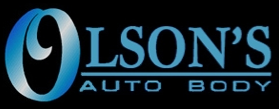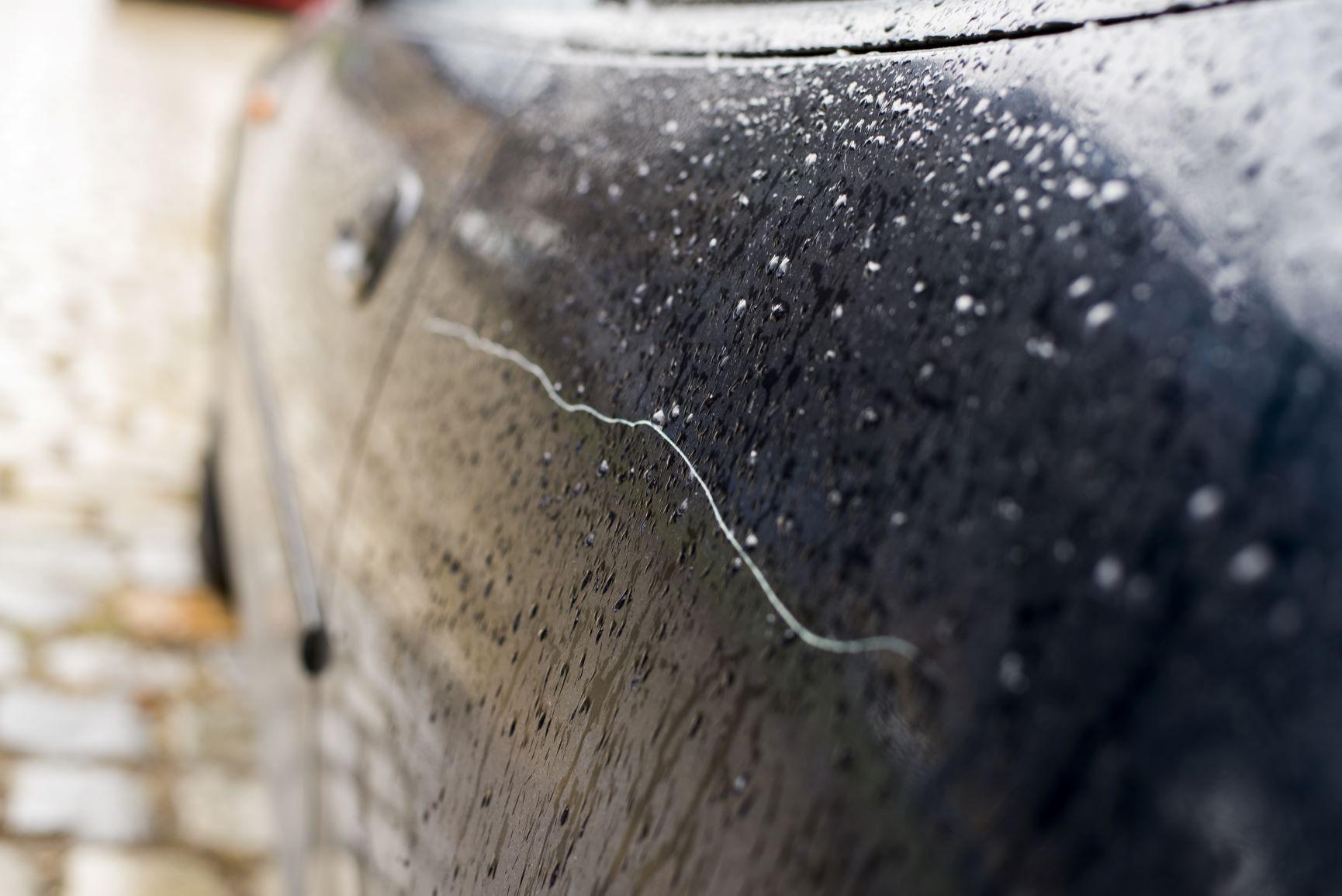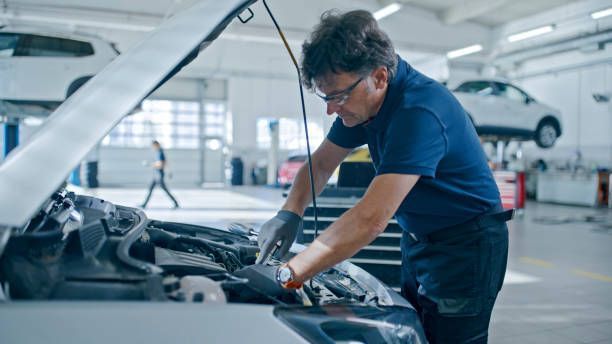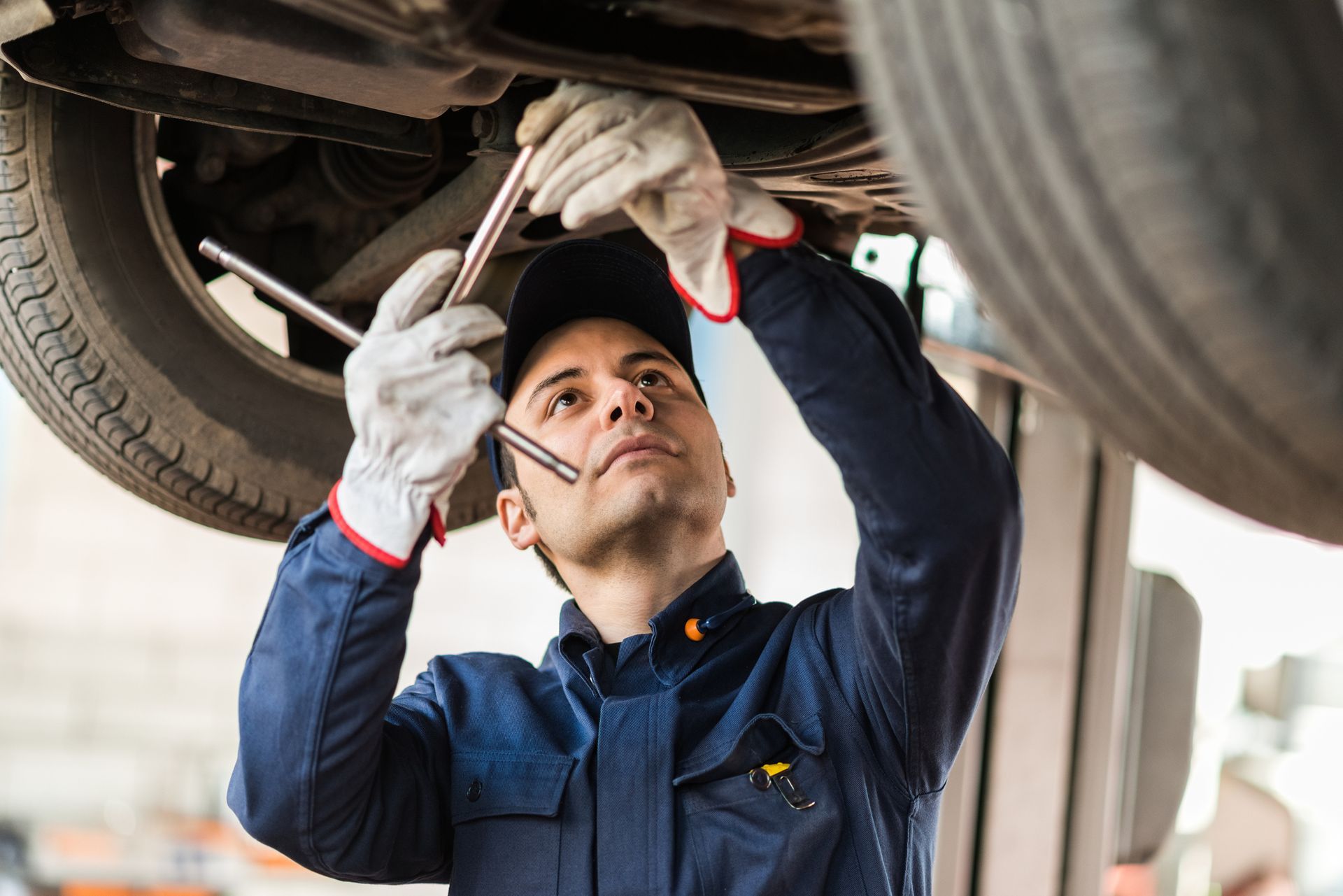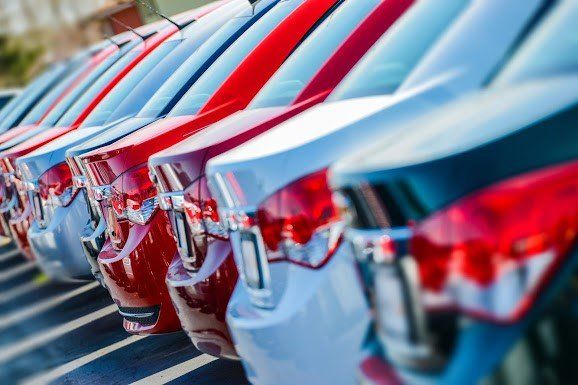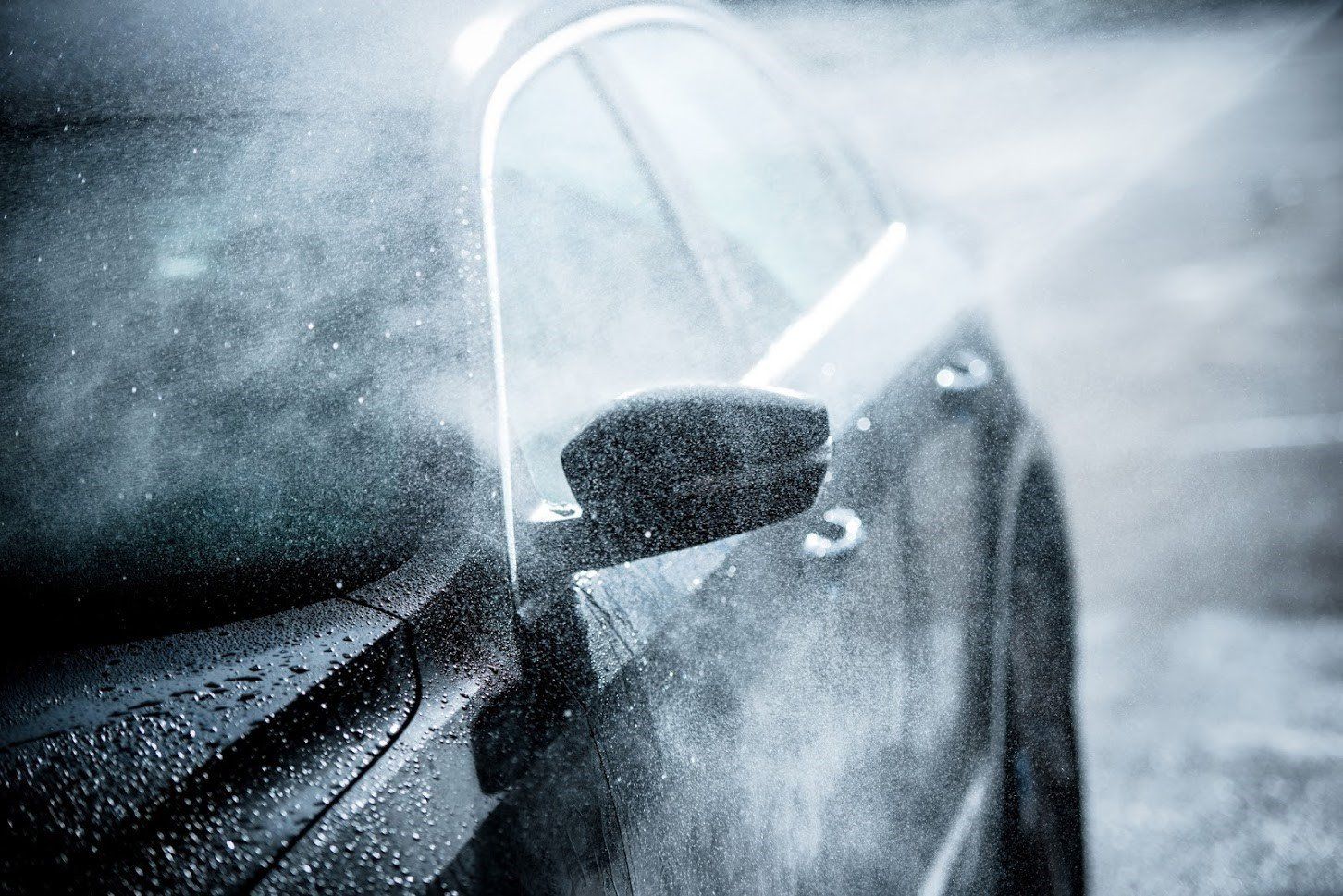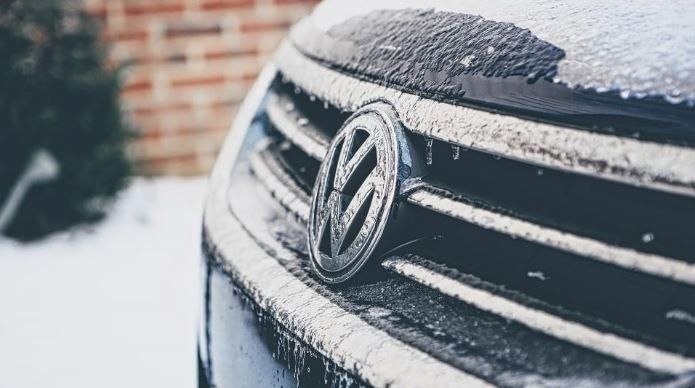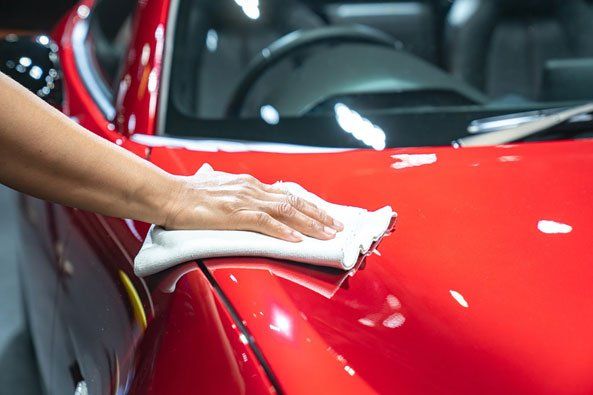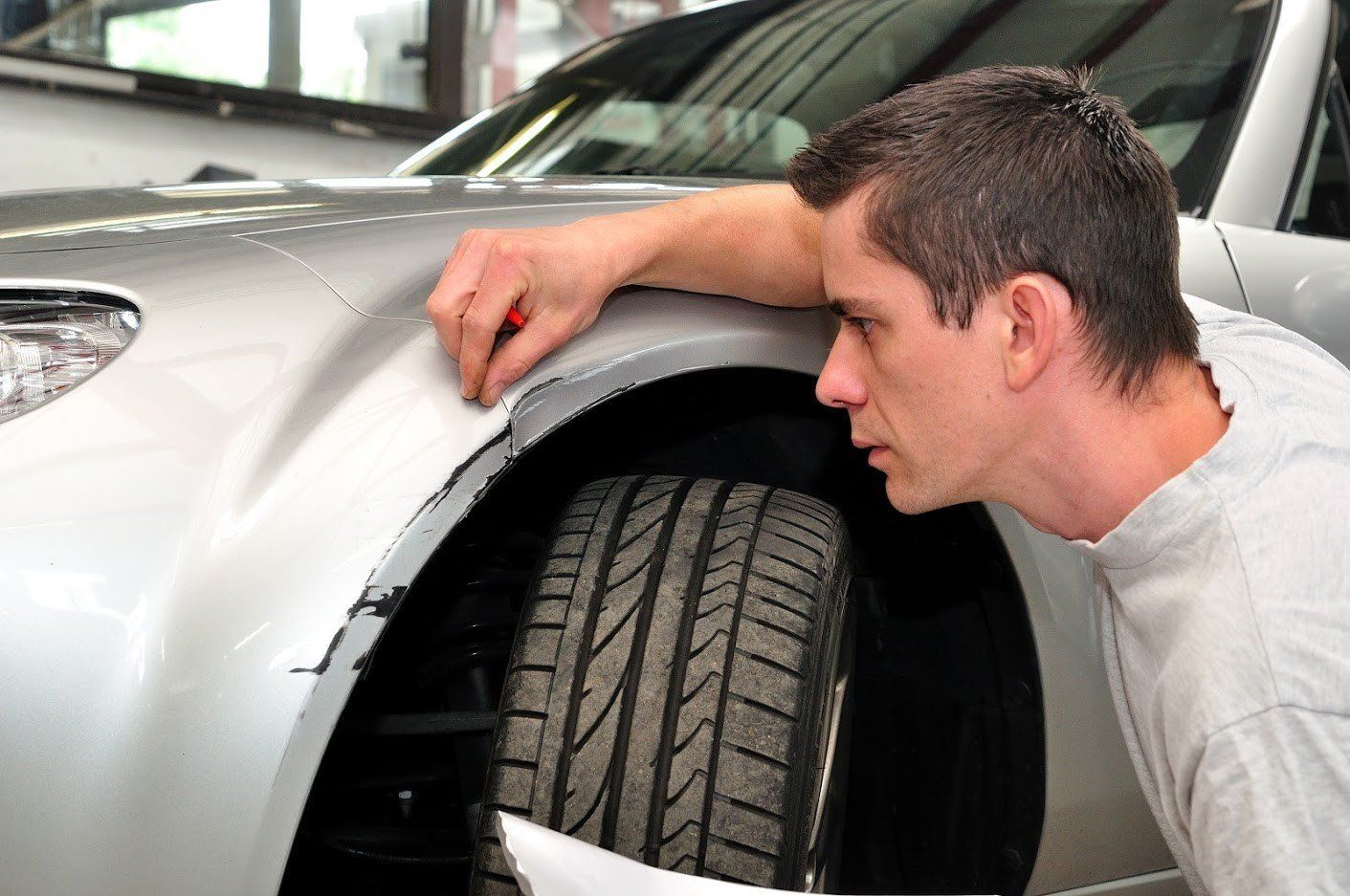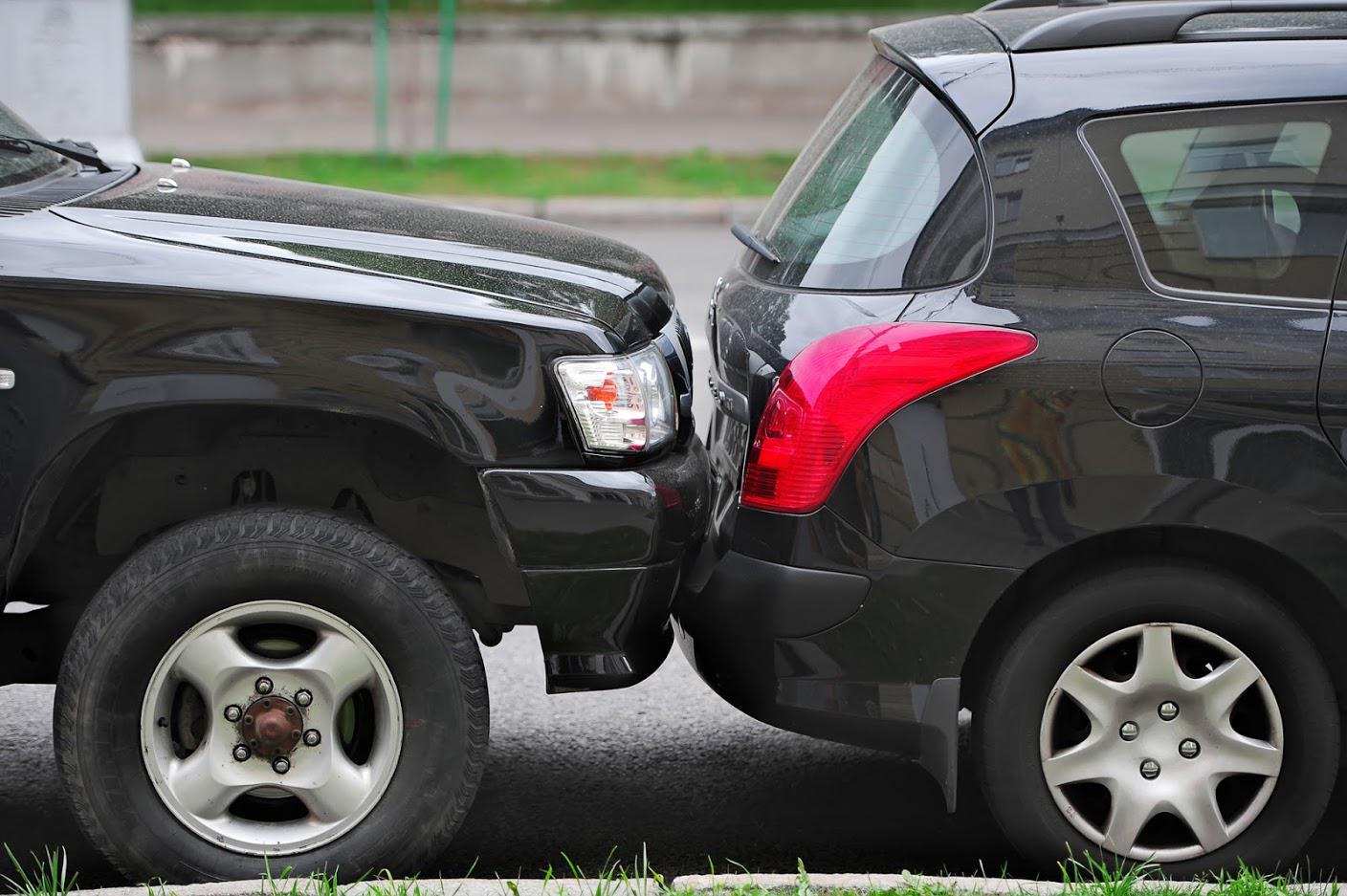Auto Body Triage: Treatment for These Common Ailments
Your vehicle's exterior is prone to damage and wear from multiple external sources. UV light, road conditions, precipitation, and even insects can negatively affect the appearance and performance of your car.
Fortunately, you can remedy many kinds of body damage to help your car operate properly and make it look amazing. Here's how to treat some common auto body ailments.
Foggy Headlights
An important safety feature on your car is susceptible to degradation by UV light rays. Plastic covers that protect your headlight bulbs turn a foggy yellow color through the process of oxidation. Luckily, older vehicles with glass headlight covers don't suffer from this malady, which decreases the amount of light that is able to filter through the discolored plastic.
Often foggy headlights produce just 22 percent of light that new headlights do, which creates a dangerous way to drive at night.
You may find that replacing your headlight covers completely is better than restoration methods that merely polish or sand away discoloration. While restoration helps you to see better, a new set of headlight covers produces the brightest light output.
Foreign Substances
Cars encounter all kinds of debris and foreign substances like bugs, road tar, dirt, and even ash from fire. Even when parked, your car is a target for bird droppings and tree sap. These and others substances contain chemicals that damage your paint if they remain in place, so it's important to keep your car clean. Keep in mind that even innocent items like shaving cream and silly string from a party can hurt the paint.
With a few exceptions, soap and water easily removes most dirt and materials from a car. But what if something is extra sticky or tricky to remove? Here's how to safely remove certain substances and not harm your paint job.
Sticky Tree Sap
Water and vigorous scrubbing only grinds sap into your car and scratches the paint. Instead, gently wipe the spot with rubbing alcohol or an acetone-based product like nail polish remover.
Road Oil and Tar
Water has no effect on petroleum-based tar and road oil. Use mineral spirits to dissolve away off those tar bits safely. Or try a product specifically designed to remove oil and tar from surfaces.
Dents, Nicks, and Scratches
A beautiful paint job makes your car look fabulous, but that shiny layer serves another more important purpose. The majority of your car is made of around 60 percent advanced high-strength steel, or AHHS. Lighter and stronger than other steels, AHHS is still susceptible to rust and corrosion. Automobile paint covers and protects all that metal from damage.
Sadly, over time tiny scratches and minor dents can mar your paint. Flying gravel on the highway, stray shopping carts, and your nephew's bicycle can chip your car's protective primer and paint to expose bare metal. Iron oxide begins to form even in dry climates far from the ocean. Moisture from rain and road salt from winter snowplows speeds up the rust process.
You can help prevent rust damage when you wash your car regularly to remove harmful salt and then apply protective car wax. Examine your car for scratches and nicks that indicate weakened paint. Bubbling paint may mean rust is already present below the surface.
Car body ailments like small dents and scratches don't have to mean your car will never look the same. Take your car to the right body shop that specializes in refinishing techniques that restore the original beauty of your paint. Visit Olson's Auto Body for a peek at how amazing your car body can look once again. We can help with additional damage to lights and mirrors as well.
